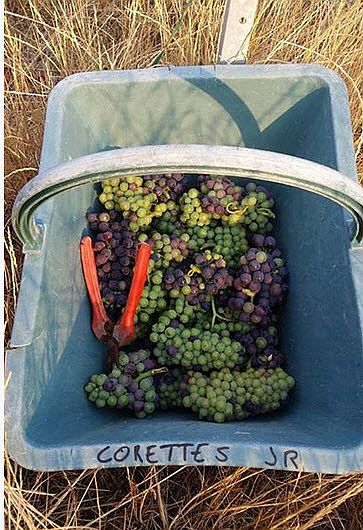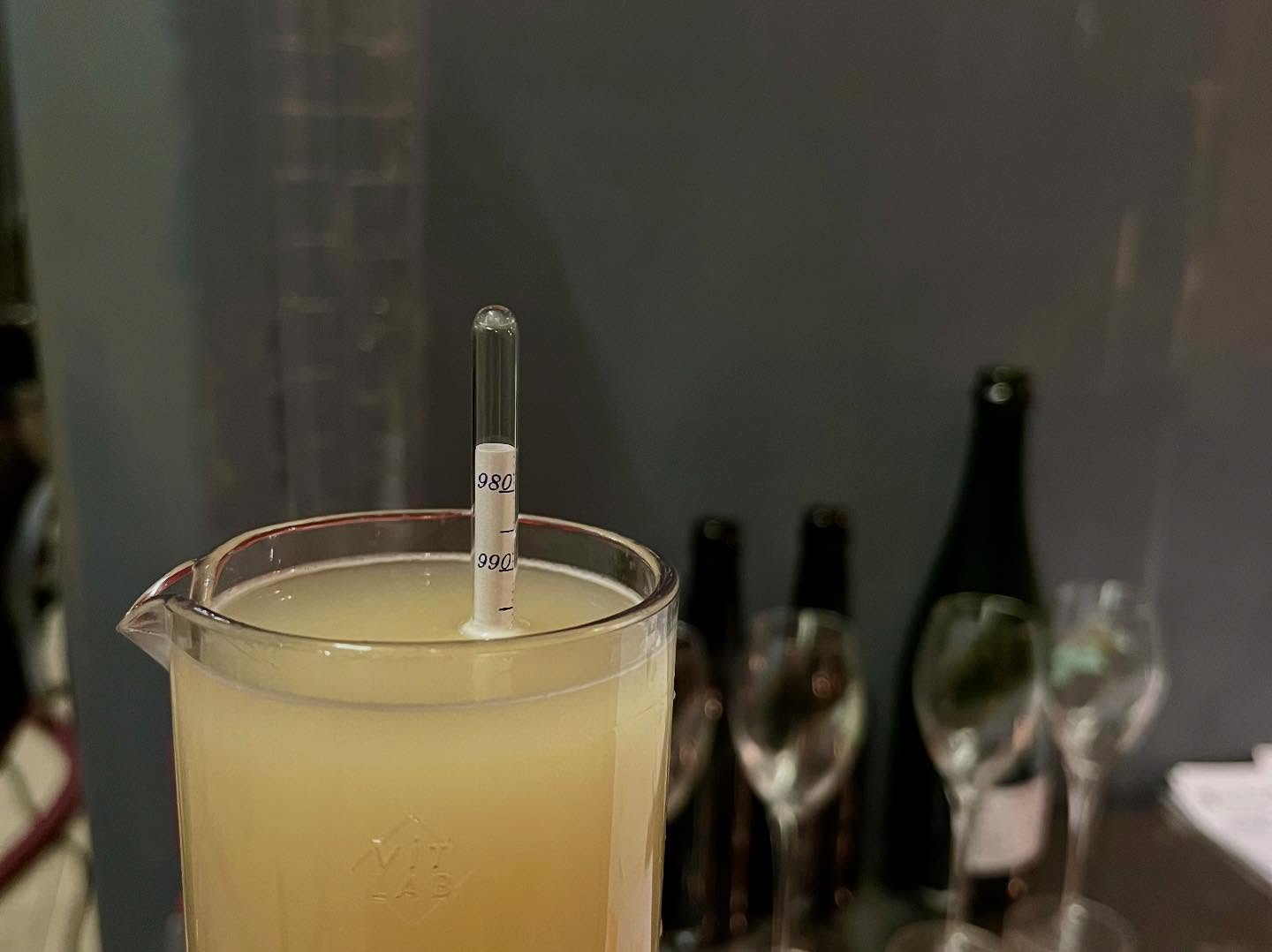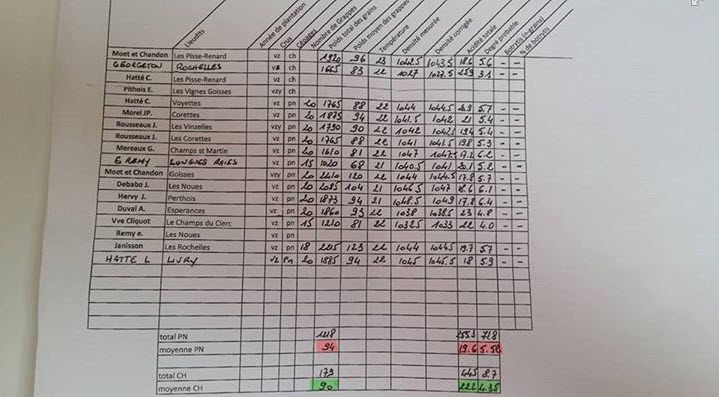When to start picking
As if life wasn’t difficult enough for grape growers and wine makers wherever in the world they may be, when it comes to the harvest in Champagne, there seems to be an extra level of complication, or to be more accurate, several extra layers. Too many in fact to explain in just one short article, so let’s deal with them one topic at a time starting with the decision about when to start picking.
You might assume that each vineyard owner would simply check the ripeness of his or her crop as the fruit matured on the vines and decide on the right moment to start picking. To a large extent this is still the case, but things are a little more complex than that.
There are some 320 villages in Champagne and these are spread out over an area that, broadly speaking, is 120 km square. You can imagine that the variations in location mean that the grapes in one area don’t always ripen at exactly the same rate as the grapes in another.
In addition, there are three main varieties of grape that can be used to make champagne and each one has different characteristics that affect the ripening process, so they don’t all reach optimum ripeness at the same moment.
It’s very difficult therefore to impose any form of uniformity on the roll-out of the harvest. However, establishing guidelines and structure to the champagne industry is exactly why the governing body called the Comité Champagne was set up many decades ago.
There are many good reasons for this, not least of which is the maintenance of quality standards and one of the tools used to do this is to fix the start date of the harvest.
With this in mind, each year the Comité Champagne publishes a list of the dates on which picking can start for each of the three main grape varieties in each of the 320 villages. Here’s an extract from the list.

A lot of work goes into preparing this list, but in reality, the dates are only a guideline rather than an obligation. To understand why this should be so we need to look at what is happening to the grapes in the vineyards.
A grape grower will be monitoring several indicators to judge the best moment to start picking. To do this they regularly take a few samples of grapes from the vineyards in the weeks approaching the expected harvest date. They then test the sample and record a variety of measures such as the weight of each bunch, the weight of the individual grapes and the ‘technical maturity’ which means the level of sugar and of acidity. The levels of sugar and acidity must evolve in equilibrium to produce the ideal combination that is suitable for making champagne.



As the sugar content goes up however, the level of acidity goes down and if it goes down too much any champagne made from those grapes may lack the freshness and zing that is essential for good champagne.
This is a subject that greatly occupies the minds of champagne makers because the warmer temperatures experienced since the turn of the century have tended to produce a high sugar content earlier and earlier during the season.
To make matters more complex, the ‘aromatic maturity’ which refers to the development of the aromas and flavours in the grapes, does not necessarily coincide with the technical maturity and the grape grower has to decide on the moment when both indicators are at acceptable levels.
Wait too long for the aromatic maturity to develop and you risk the technical maturity being past its best; pick on a date when the technical maturity is good and your risk missing out on a better level of aromatic maturity.
It’s a tricky balancing act and to get it right requires a lot of skill and experience. Fortunately, if a vigneron feels that it is crucial to start picking before the official start date, it’s always possible to get an exemption, but then you may well wonder about the usefulness of publishing start dates when, in practical terms the final decision on when to harvest comes down to the grape grower’s decision, but that’s a debate for another time.
In the next article we’ll look at the question of how much to pick
In the meantime, all the best and if you have any questions or comments, you can email me at jiles@mymaninchampagne,com

